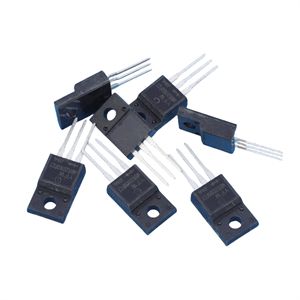Date:2024-09-25 Categories:Product knowledge Hits:418 From: Guangdong Youfeng Microelectronics Co., Ltd(YFW)
N-type semiconductor: Incorporating pentavalent impurity elements such as phosphorus into intrinsic semiconductors can form N-type semiconductors, also known as electronic semiconductors. Because only four valence electrons in the pentavalent impurity atom can form with the valence electrons in the surrounding four semiconductor atoms
Covalent bonds, and the excess valence electron can easily form a free electron due to the absence of covalent bonds. Due to the fact that electrons are involved in conductivity and carry a negative charge, it is called an N-type semiconductor.
Doping trivalent impurity elements, such as boron, into intrinsic semiconductors can form P-type semiconductors, also known as hole type semiconductors. Due to the fact that only three valence electrons in the trivalent impurity atom can form covalent bonds with the valence electrons in the surrounding four semiconductor atoms, it is still rare
A stable covalent bond can only be formed with one valence electron, and this situation where one valence electron is missing is called a hole, that is, in P-type semiconductors, holes are multi carriers and free electrons are few carriers, mainly relying on hole conduction. Due to the fact that the conductive material is holes, it carries a positive charge.

Previous: Classification, Structure, and Principle of MOSFET